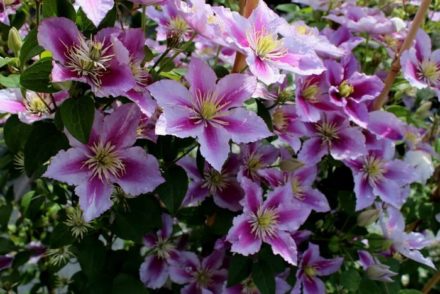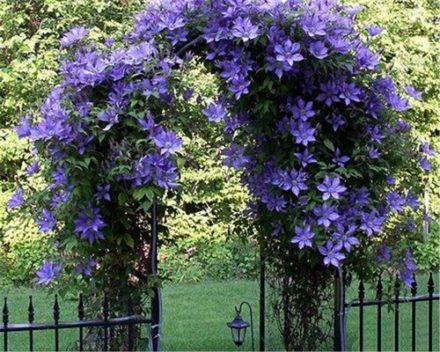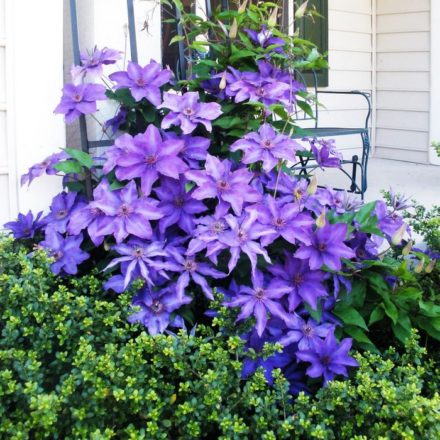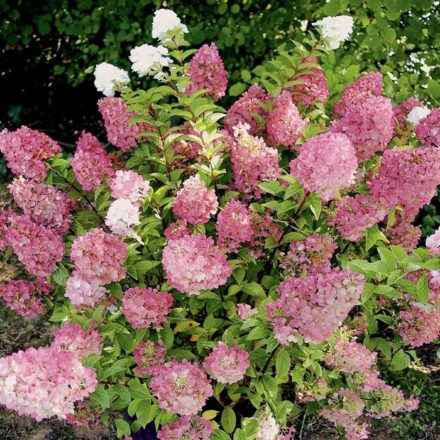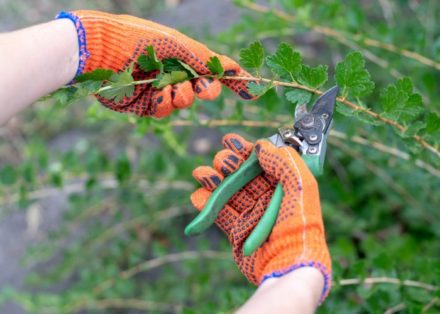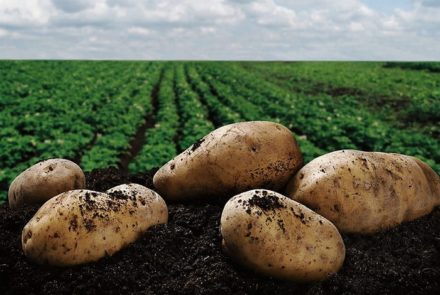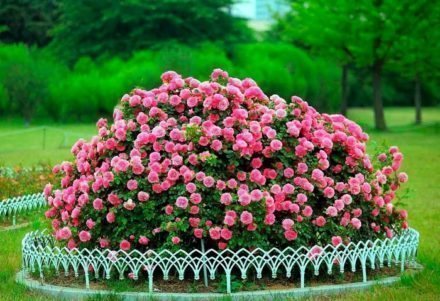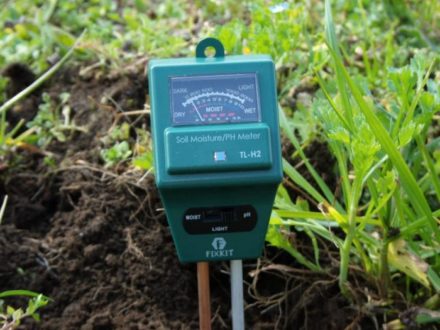Luxurious flowering of clematis is possible if all conditions are created for the plant and the necessary care is provided. Liana is a heat-loving species; it must be covered for the winter in the Moscow region and northern regions. Using 4 useful tips for creating a shelter for clematis, you can remain calm about the future fate of the plant and its ability to bloom.
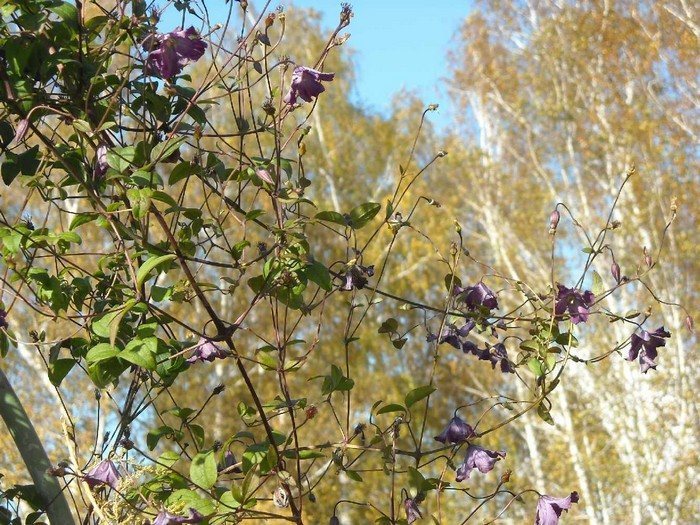
Timing suitable for creating a shelter
Only timely shelter for the winter can ensure the safety of clematis. It will be correct to carry out covering work when the temperature drops to –5-7 °C and remains stable. In the north of Russia, such weather occurs in October.
In the middle zone, light frosts occur in November. If you cover clematis at above-zero temperatures, the shoots may dry out. If you are late with covering work, you can lose the plant due to freezing. Young vines are especially sensitive to cold in the first and second years of life.
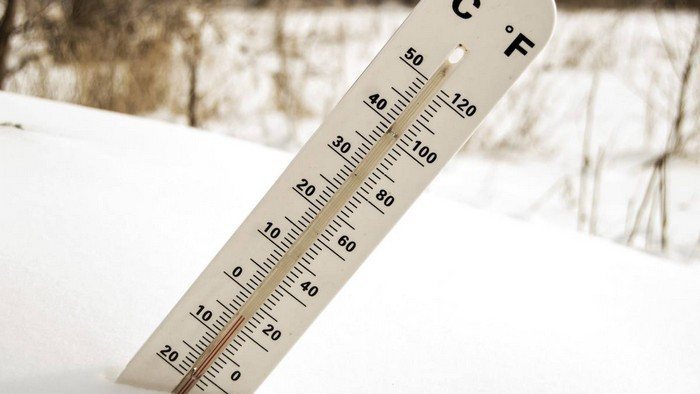
Wintering clematis by group
All clematis are divided into 3 groups according to the type of pruning. Rules for overwintering plants will vary. Differences between vines are due to flowering characteristics:
- The first group includes varieties that bloom on last year's shoots. These clematis are not pruned in the fall. But they will have to be covered thoroughly to preserve the stems for flowering.
- The second group blooms on branches not only of last year, but also of the current year. The shoots of such clematis are shortened to 1 m. This group is also not frost-resistant and requires careful shelter.
- The third group includes varieties that form inflorescences on fresh growth. They are cut very short, leaving only 2-3 pairs of buds. It is desirable, but not necessary, to cover such clematis in the middle zone. In the north, the vine still has to be insulated.
The most dangerous period for clematis is the beginning of winter, when periodic thaws are most likely, followed by sharp cold snaps in the absence of snow cover. In regions where there is little snowfall, vines need to be covered in any case.
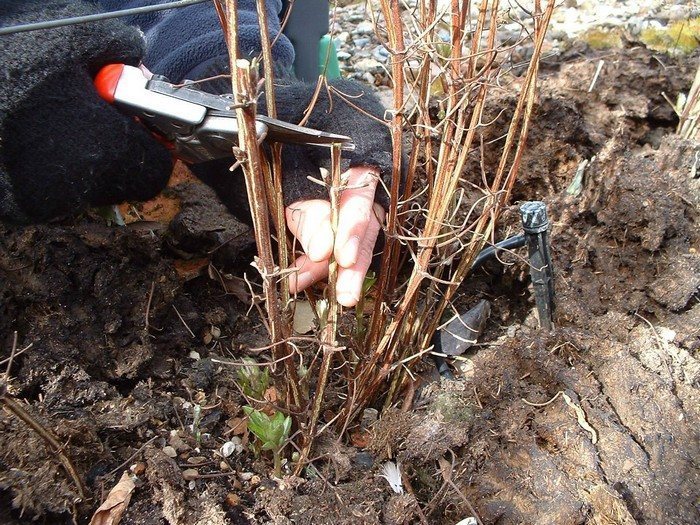
Proper preparation of vines for winter
In order for clematis to survive the winter and bloom, it must be prepared for this difficult period. First of all, the vine is pruned taking into account its membership in a certain group. Then the remains of cut branches and fallen leaves are removed from the tree trunk circle.
Clematis that do not need pruning are removed from the support. Since the vine is vulnerable to fungal diseases, it needs to be treated with appropriate preparations. You can spray the shoots and the soil underneath them with a solution of Fundazol or Fitosporin. In regions with little snowy winters, the base of the bush is covered with garden soil, compost or a mixture of sand and wood ash.
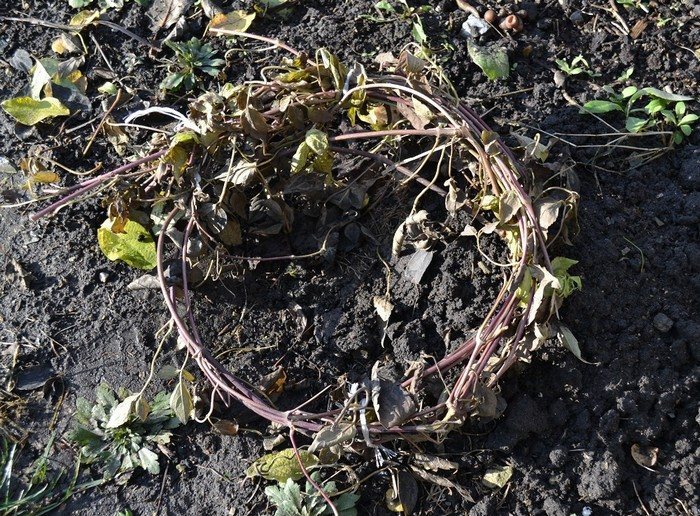
Materials used for shelter
Lianas belonging to the third pruning group have a fairly high hilling. Snow will later become additional insulation.In regions with weak snow cover, you can lay spruce branches on top (it will act as a snow retainer) or cover the bush with dry leaves, and then cover it with a wooden box.
For clematis of the first and second groups of pruning, a cushion of organic materials is arranged. Before laying the shoots on the ground, straw, a layer of dry leaves or spruce branches are placed under them. It is recommended to roll long branches into a ring, but you should not do this if the vine is difficult to bend. Such shoots are placed in a straightened form. Organic matter must also be placed on top. To protect against moisture, place a sheet of slate or boards on the shelter.

With the arrival of spring, the shelter is not removed immediately, but layer by layer. The clematis finally open when the threat of return frosts disappears. If the forecast promises colder weather, it is better to cover the vine again so that its shoots are not damaged. Caring for the plant will definitely bear fruit. In due time, clematis will delight its owner with luxurious inflorescences.


